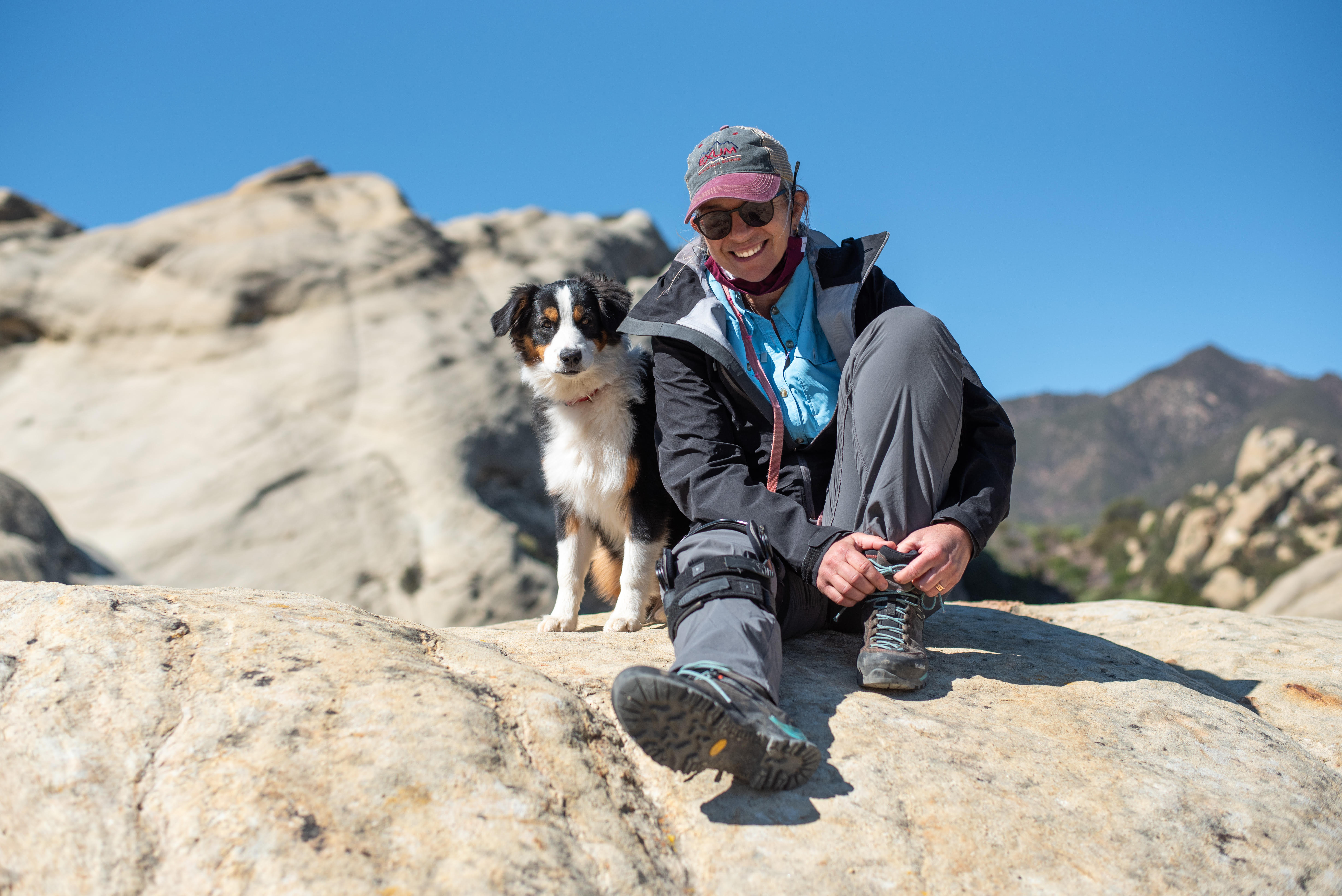This is the second in a three-part series on the Protecting Unique and Beautiful Landscapes by Investing in California (PUBLIC) Lands Act. In this post, Rebecca August, executive committee member for the Los Padres Sierra Club chapter, discusses how protecting lands and waters in California’s Central Coast region will help achieve the state and national goals of protecting 30 percent of nature by 2030 to stave off the worst effects of climate change.
Part I: The Next Big Step in Protecting California's Lands
Part III: The PUBLIC Lands Act Will Help Us Find Refuge in Nature
When I stepped into a wilderness area for the first time, it felt almost primordial. I imagined that the clear streams and meadows and towering trees that I saw were much the same as what the earliest inhabitants had seen. A few days later, when I walked out of that dark, mossy forest brimming with life, what I saw forever changed me: a clear cut, almost post-apocalyptic mountainside of stumps and dug-up mud.
I chose my home on California’s Central Coast for the way it is cradled on the map by lands that are green and public, with the mountains of the Los Padres National Forest rising from the horizon to both the south and east. For a dozen years, Los Padres ForestWatch and the Sierra Club’s Los Padres Chapter, both of which I work with, have endeavored to protect the Los Padres. A bill doing just that passed the House this year and was introduced in the Senate in May by Senator Alex Padilla, in a legislative package called the PUBLIC Lands Act.
This bill provides essential protections that will determine the future of our public lands here on the Central Coast and help us take on the climate crisis. It would protect new wilderness and scenic areas, as well as new wild and scenic rivers, helping advance our critical state and federal goal of protecting 30 percent of lands and waters by 2030 to stave off the worst effects of climate change. To achieve that goal, we’ll need to protect more lands in the next decade than we did in the previous century. Passing the PUBLIC Lands Act will help us get there, while cultivating resilience to the increasing and varied consequences of the climate crisis.
These protections are critically important for our region, a top oil-producing area in California. Our public lands—the green areas on the map—are quite regularly logged, mined, and drilled for oil. The Los Padres is the only national forest in California with active commercial oil development. In fact, wells within the forest are among the most under-regulated in the country. Old wells and pads, either dry or no longer productive, are scattered throughout federal public lands on the Central Coast. The PUBLIC Lands Act would also protect portions of the Carrizo Plain National Monument, the largest remaining intact swath of California’s inland rolling grasslands, which can bloom so spectacularly with wildflowers that the array can be seen from space. It is critical that we safeguard these last intact native ecosystems not only to protect biodiversity, carbon sequestration, and watersheds, but also to ensure these lands are not exploited by the very industries fueling the climate crisis.
The PUBLIC Lands Act would also expand access to the outdoors and invest in communities from the Central Coast to Los Angeles. That first trip into a wilderness area had a profound effect on my life, but those opportunities are not available to all people. In Central California, rampant oil and gas development has driven the loss of natural areas and green spaces, disproportionately denying Black and brown communities access to the benefits of nature. The PUBLIC Lands Act protects a 400-mile-long trail, the Condor National Scenic Trail, which would run the entire length of the Los Padres National Forest, from Los Angeles County to Big Sur. Everyone deserves access to the outdoors, and this bill moves us closer to making that a reality.
We all need to work together to safeguard the lands, air, and water on which our communities depend. We all have a role to play in taking care of our planet. For the future of the Central Coast—our ecosystems, our heritage, our communities, our water, and the climate—we must pass the PUBLIC Lands Act and make sure this vision is a reality for my children and yours, and all future generations.
